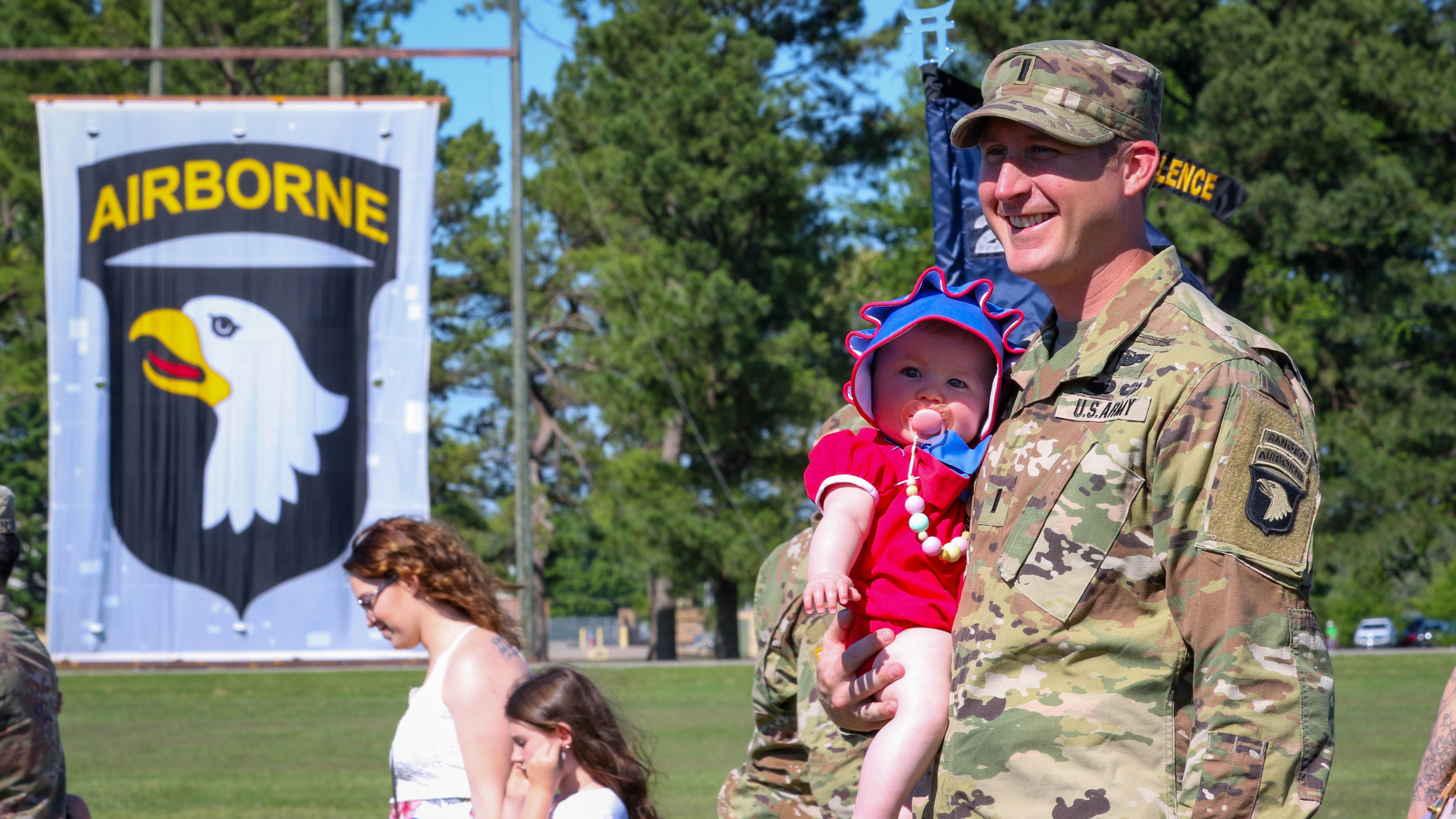Army Works to Add More Child Care Centers
Army Works to Add More Child Care Centers

The Army is making progress on its promise to expand access to child and youth services despite the challenges it faces during the pandemic.
“This is really important because it directly impacts the Army's number one priority, which is people,” Dee Geise, chief of the Soldier and Family Readiness Division in the Army G-9, said April 21 during a phone call with reporters.
In March 2020, the Army stood up its Quality of Life Task Force to oversee six priorities affecting soldiers and their families, including child care, which can directly impact recruitment, retention and readiness.
Over the last year, Geise said, the Army has “made significant investments in its commitment to increasing access to child care.”
According to Geise, the Army is building two large child development centers in Hawaii and one at Fort Wainwright, Alaska, and it plans to build six more centers over the next five years.
Helen Roadarmel, program manager for the Army’s child, youth and school services, said the Army Corps of Engineers is “in the process” of working the new spaces, which are expected to open sometime during fiscal year 2023.
The new child development centers will each have a 348-person capacity, which will add “just a little under 1,000 new spaces” overall to the Army’s program, she said.
The update comes as Army child development and youth centers have adjusted to put in place safety measures, reduced capacities and new protocols during the COVID-19 pandemic.
Despite the challenges of operating child care centers this past year, Roadarmel said the Army’s child and youth services programs have met their mission of reducing “the conflict between parental responsibility and unit mission requirements.”
“I’m happy to report this morning that 100% of our child development centers and school-aged centers and youth centers are open for business,” Roadarmel said, noting all centers are operating at reduced capacity, which is typically 50% to 75% of pre-COVID-19 capacities.
The Army’s child development and youth centers are “slowly but surely” seeing more children return, Roadarmel said. As installations return to “complete normal operating” status, she said, the centers will follow.
“I am so proud of the work that the child and youth team did during this COVID environment,” Roadarmel said. “The world was turned upside down for them and for our children, but they stuck with it.”

